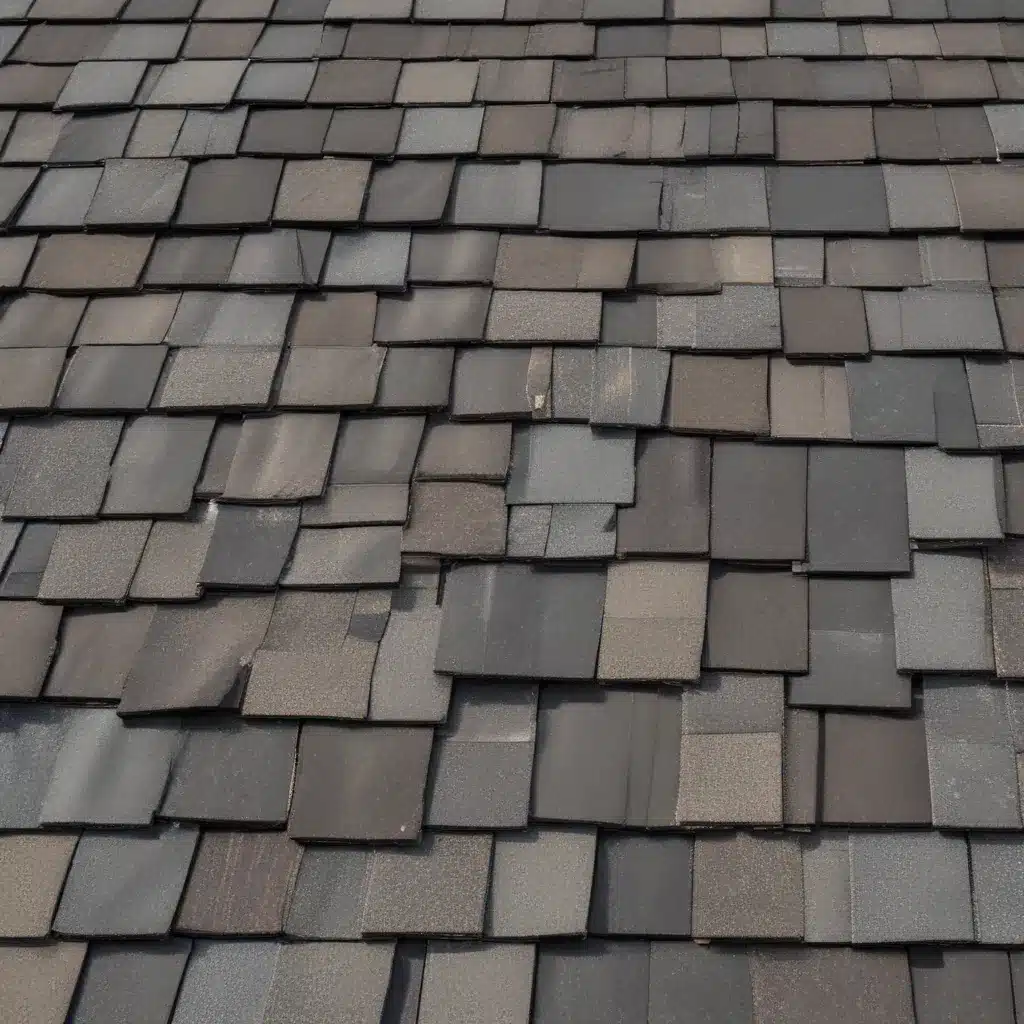
The Evolving World of Sustainable Roofing Solutions
The roofing industry has witnessed remarkable advancements in recent years, driven by the growing demand for lightweight, durable, and environmentally friendly roofing materials. As the landscape of roofing solutions continues to evolve, it’s essential for homeowners, architects, and builders to stay informed about the latest innovations and their impact on the environment.
In this comprehensive article, we’ll delve into the world of sustainable roofing, exploring the latest advancements in materials, their benefits, and their contribution to a greener future.
Lightweight Roofing Materials: Revolutionizing the Industry
Traditional roofing materials, such as asphalt shingles, clay tiles, and slate, have long been the go-to options for their durability and aesthetic appeal. However, these materials often come with drawbacks, including heavy weight, limited design options, and high installation costs. The roofing industry has responded to these challenges by developing a new generation of lightweight roofing materials that offer superior performance and versatility.
Reducing Structural Strain
One of the primary benefits of lightweight roofing materials is their reduced weight, which places less strain on the underlying structure of the building. This can be particularly advantageous for older or existing structures that may not be able to support the weight of traditional roofing materials. By reducing structural strain, lightweight roofing materials help extend the lifespan of the building and minimize the risk of damage or collapse.
Enhancing Energy Efficiency
Many lightweight roofing materials are designed to enhance energy efficiency by reducing heat transfer and improving insulation. Materials such as metal roofing and cool roofs reflect solar radiation and prevent heat absorption, helping to maintain comfortable indoor temperatures and reduce the need for air conditioning. This can lead to lower energy bills and decreased environmental impact over time.
Ease of Installation
Lightweight roofing materials are often easier to install than traditional materials due to their reduced weight and flexibility. This can result in faster installation times, lower labor costs, and reduced disruption to homeowners or building occupants. Additionally, lightweight materials may require less structural support and reinforcement, further streamlining the installation process and reducing overall project expenses.
Unleashing Design Flexibility
Advancements in lightweight roofing materials have opened up a world of design possibilities for architects, builders, and homeowners. Lightweight materials such as synthetic roofing tiles, composite shingles, and polymer-based membranes offer a wide range of colors, textures, and profiles, allowing for greater customization and architectural flexibility. This enables designers to create unique, visually striking roof designs that enhance the overall aesthetic appeal of the building.
Sustainable Roofing Materials: Prioritizing the Environment
As the demand for eco-conscious building practices continues to rise, the roofing industry has responded by introducing a range of sustainable roofing materials that prioritize environmental responsibility.
Recycled and Renewable Materials
One of the most significant advancements in sustainable roofing is the utilization of recycled materials in the manufacturing process. Recycled asphalt shingles, sourced from reclaimed asphalt pavement and post-consumer waste, help reduce landfill waste and conserve natural resources. Additionally, some roofing manufacturers have developed sustainable alternatives made from renewable resources, such as bamboo or rubber, offering a greener option for environmentally conscious homeowners.
Energy-Efficient Solutions
Sustainability in roofing also extends to energy-efficient technologies. Solar-reflective shingles, coated with cool roof materials, help reduce heat absorption and lower indoor cooling costs, contributing to a smaller carbon footprint. Advancements in insulation materials, such as spray foam roofing and rigid foam board insulation, have further enhanced the thermal performance of roofing systems, improving overall energy efficiency.
Recyclability and Longevity
When considering the environmental impact of roofing materials, it’s essential to look beyond the manufacturing process and consider the product’s lifespan and recyclability. Some roofing materials are designed with the end of their lifecycle in mind, allowing for easy disassembly and recycling. By prioritizing longevity and recyclability, roofing manufacturers are helping to close the loop on sustainability and reduce the amount of construction waste sent to landfills.
Innovative Roofing Technologies to Watch
As the roofing industry continues to evolve, new technologies are emerging that promise to enhance the performance, durability, and sustainability of roofing systems. Here are a few innovative advancements to keep an eye on:
Adaptive and Responsive Materials
Researchers are exploring the use of adaptive and responsive materials in roofing applications. These materials can react to changes in environmental conditions, such as temperature or moisture, to adjust their properties and improve the overall performance of the roofing system. This technology can help improve energy efficiency, reduce maintenance requirements, and increase the resilience of buildings against extreme weather events.
Integrated Photovoltaic Roofing
The integration of photovoltaic (PV) technology into roofing materials is another exciting development. By incorporating solar panels directly into the roof, homeowners can generate renewable energy while maintaining a seamless and visually appealing roofing solution. These integrated PV roofing systems can help offset energy costs and reduce the carbon footprint of buildings.
Nanotechnology-Enhanced Coatings
Advancements in nanotechnology have led to the development of specialized coatings that can be applied to roofing materials. These coatings can enhance various properties, such as self-cleaning capabilities, improved durability, and enhanced thermal performance. By harnessing the power of nanoparticles, these coatings can provide additional benefits to roofing systems, further improving their environmental impact and longevity.
Investing in the Future of Roofing
As homeowners, architects, and builders, we have a responsibility to consider the long-term impacts of our roofing choices. By embracing the latest advancements in sustainable roofing materials and innovative technologies, we can contribute to a more environmentally conscious future while enjoying the benefits of enhanced performance, energy efficiency, and architectural flexibility.
To learn more about the latest roofing trends and how they can benefit your project, visit https://www.roofersinnorthampton.co.uk/. Our team of experienced roofing professionals is here to guide you through the process and help you make informed decisions that align with your goals and the environment.

